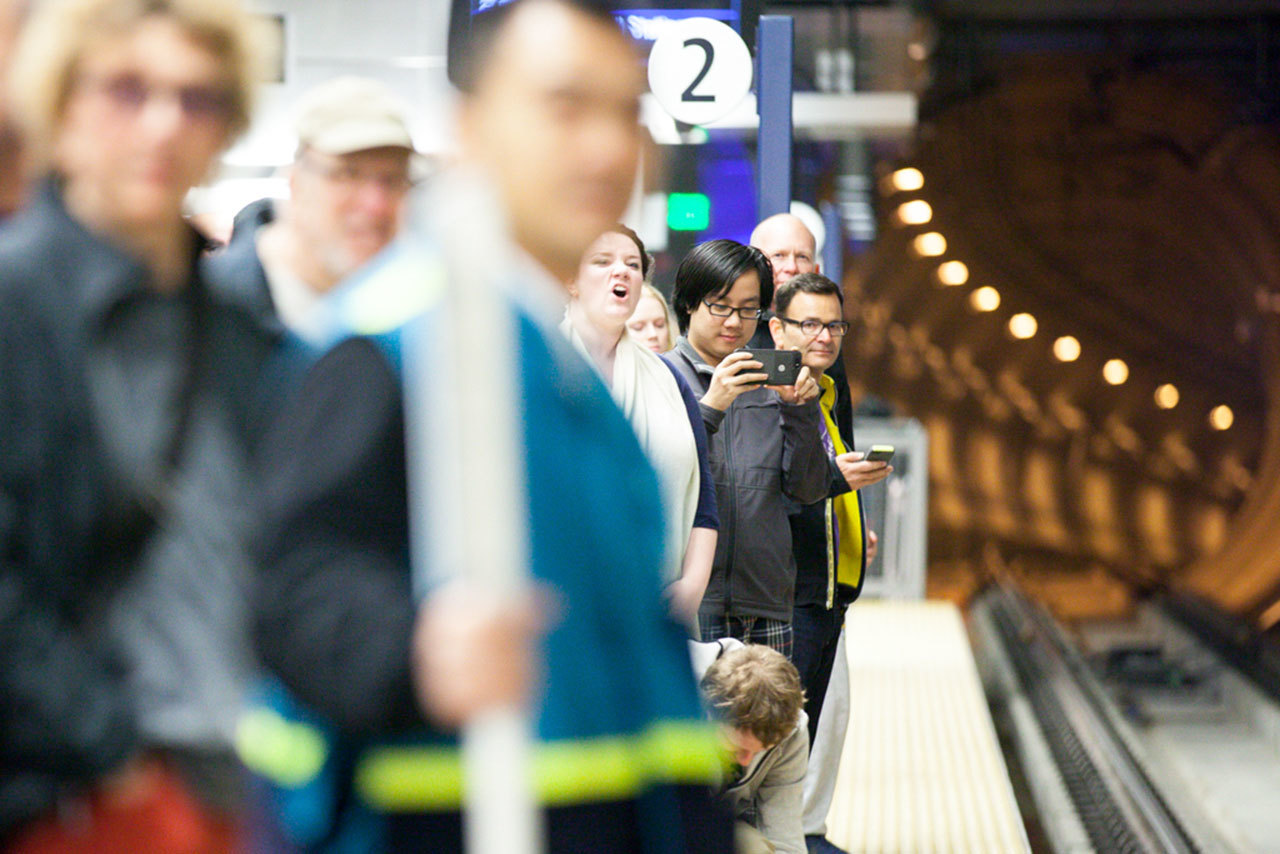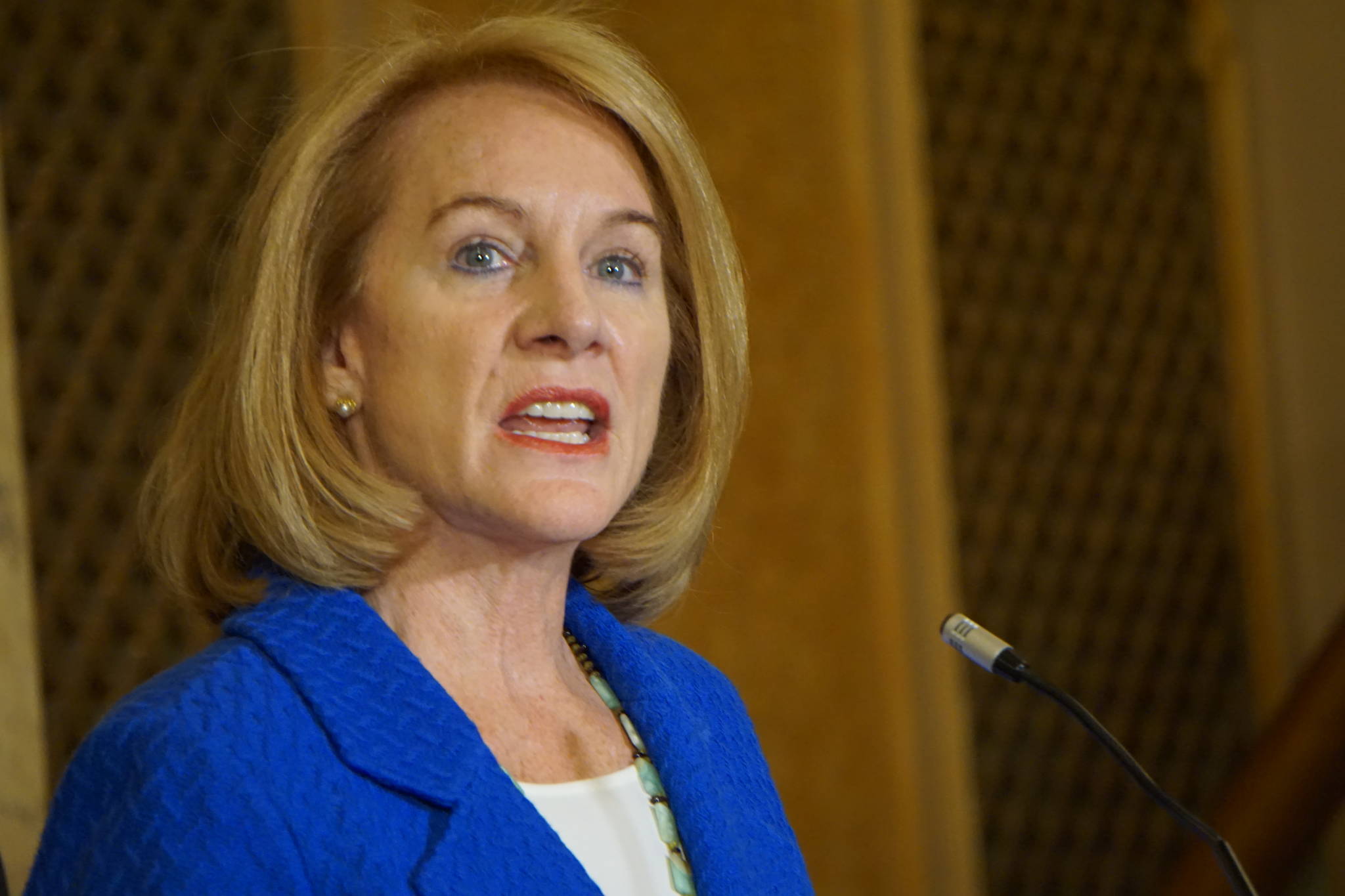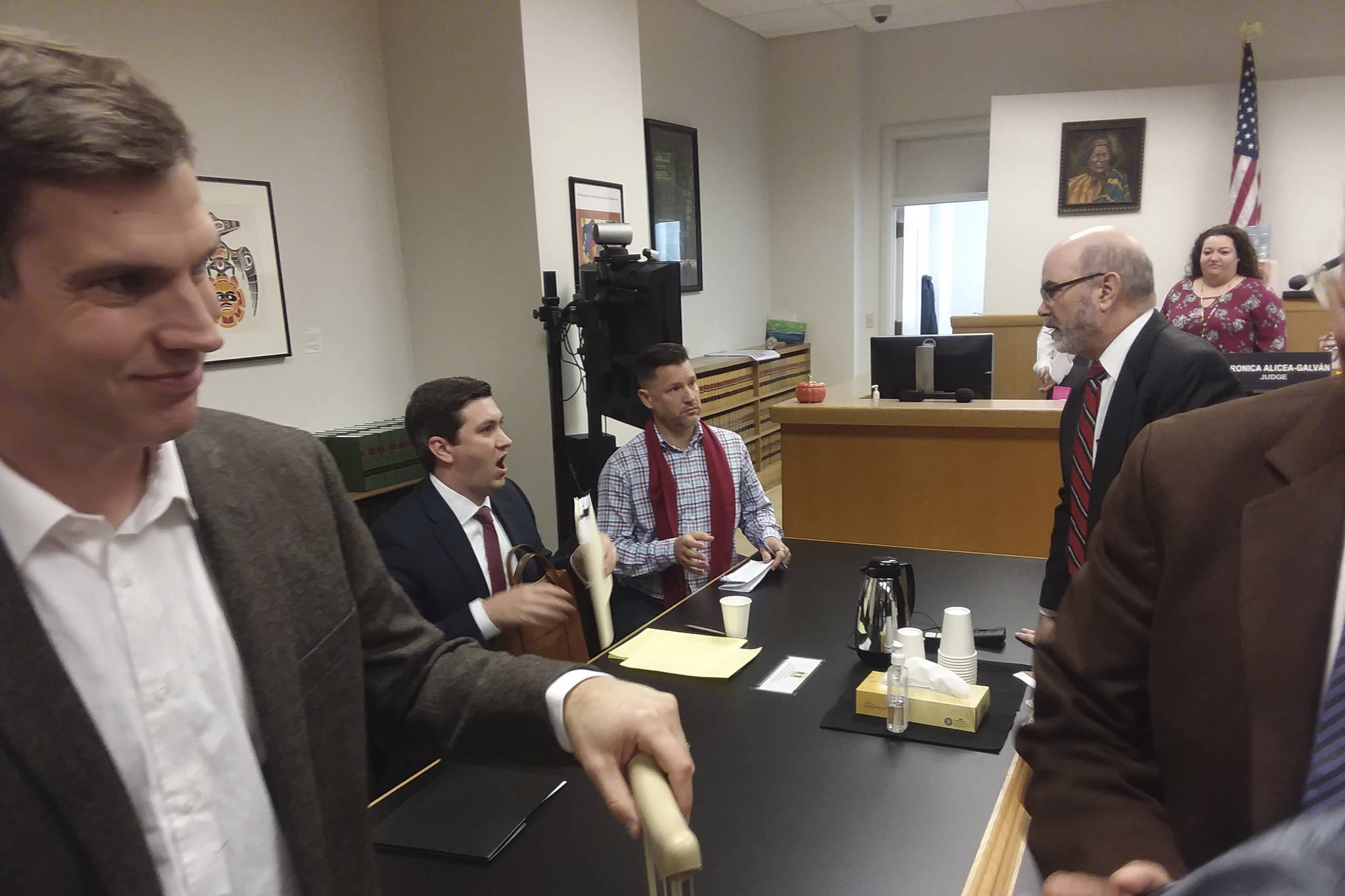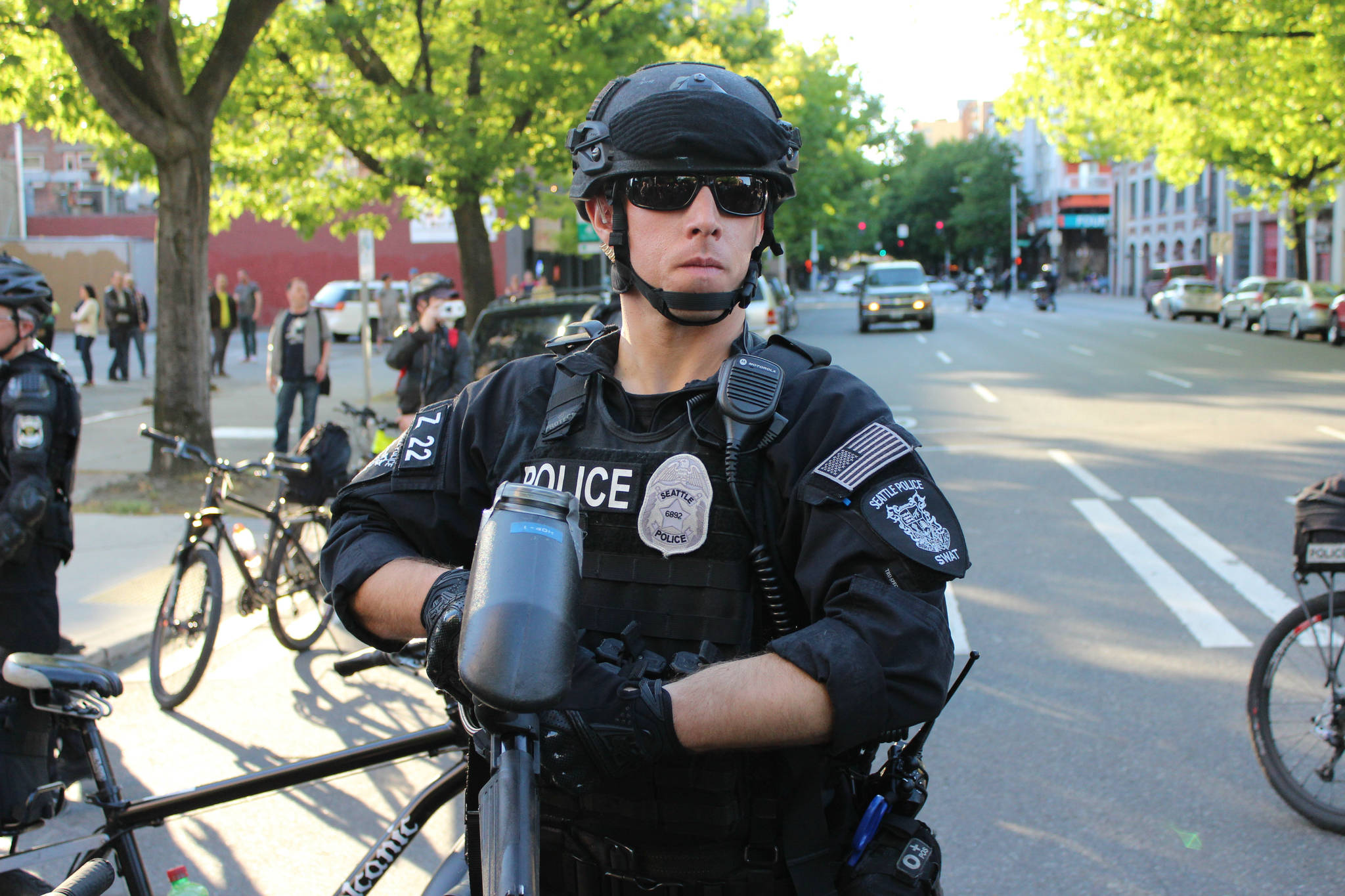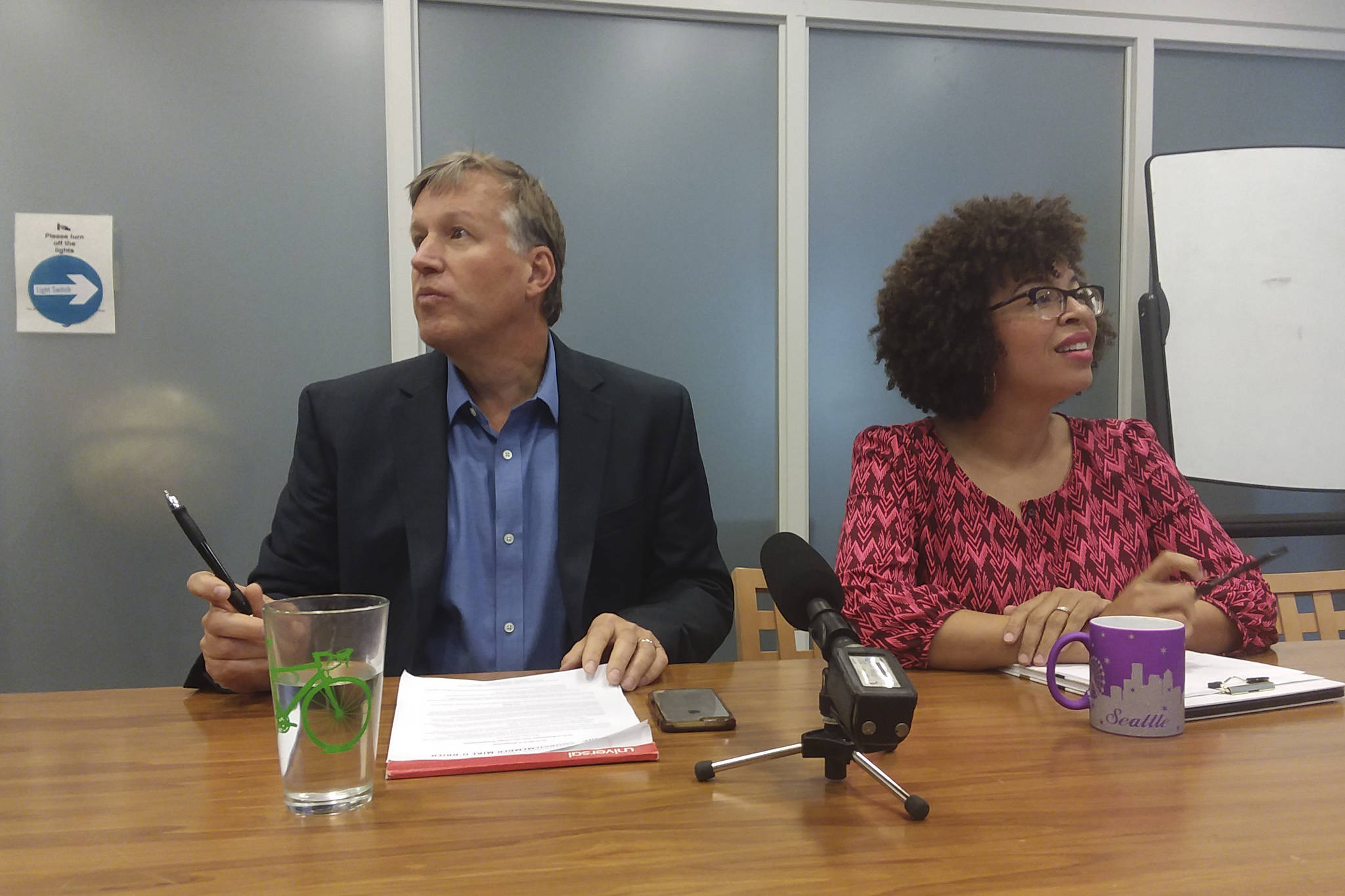Faster. That’s the number-one thing Sound Transit heard from critics after releasing a draft version of its ST3 expansion plan in March. If passed, the then-$50 billion project would have upgraded our transit network with lots more light rail and commuter trains, among other things, but many of the target dates were too far-flung. The Ballard line wouldn’t be done until 2038, for instance, and Everett wouldn’t see a train until 2038.
So when the regional transit agency announced in June that it had moved up the timelines on eight different projects — speeding them up by five years in some cases — there was much rejoicing in Seattle’s urbanist enclaves and transit-hungry suburbs alike.
But cork the champagne for a second and put on your thinking cap. How did they move the timelines up?
We put the question to Sound Transit spokesperson Geoff Patrick. The answer: Finance.
Yes, usury! That dark and arcane art that gave us the housing-market bubble and the credit-card economy — this is the magic that will deliver fast transit to the Puget Sound region, faster. “Working closely with a financial team that included outside consultants, we were able to leverage bonding to borrow about $4 billion in addition to what we’d assumed,” says Patrick. “By increasing the funding by that $4 billion, we were able to move up the timelines.” As a result, the overall ST3 budget rose from $50 billion to $53.8 billion.
In other words, some hired-gun economists put their heads together and found a way to materialize $4 billion out of thin air by borrowing it via bonds (that is, loans from regular citizens to the government). In the long run, of course, taxpayers have to pay back those bonds with interest, but in the relatively short term — in this case, a quarter-century — this economic magic trick frees enough cash flow to allow Sound Transit to break ground on eight of its projects years earlier than planned.
Cash flow: That’s the keyword here. The whole dilemma of finance, after all, is balancing the value of getting money you can invest in transit now (which will pay dividends to individuals and the economy as the Puget Sound area gets more and more crowded) against the price of borrowing (that is, interest). Functional governments can usually borrow money on the cheap because it’s a safe investment: It’s hard for a debtor to skip town when the debtor is a town. On the other hand, there’s a limit to how much even a municipality can borrow before it has so much debt — and so much associated risk of default — that its credit score gets downgraded and borrowing money via bonds becomes more expensive. This is what famously happened to our country’s credit score during the 2011 debt crisis.
In this case, Patrick says, the eggheads of fortune concluded that borrowing an extra $4 billion wouldn’t trigger a credit-score downgrade. So while it’s not free money — taxpayers have to pay it back eventually — it is cheap money.
Patrick explains how that cheap $4 billion can speed up eight different ST3 capital projects by 30 years cumulatively. “There’s two main factors in how long it takes to build a project,” he says. “First, let’s say money’s no object, it’s just how long it will take to build something. You have to go through several steps.” In some cases, project timelines — without accounting for any kind of legal delays — can take up to 15 years, he says. “[You] go through all the steps of alternatives analysis and environmental review, and then preliminary engineering takes you up to 30 percent design completion, then you go to final design — that’s 100 percent — and then you have to build it and open it,” says Patrick. “So it’s a significant time period with any major mass-transit project.
“Factor two is you also have to take into account your cash flow,” he says. That means making sure the right amount of money is available at the right time to pay for pencils, asphalt, and whatever else the builder gnomes of the regional transit district need to complete their transit mission. “Part of the challenge that we had with the draft measure is the cash flow was such that some projects were occurring later in the timeline than we wanted to, just by virtue of cash flow,” says Patrick. “In other words, [projects were delayed] not by how long it would take to build them, but by revenues.”
So you want to borrow revenues to speed them up. But doesn’t that add risk? One of the main talking points against ST3 — as articulated by the reliably anti-transit Seattle Times editorial board — is that it has too big a budget and too little oversight. On the other hand, the Times and the No on ST3 campaign website (which entirely relies on that Times editorial as its supporting “research”) are mostly upset about ST3 increasing taxes on property and cars.
Patrick says bonding is not particularly risky. “The Sound Transit 3 plan is built using direct funding for about 70 percent of the project cost and borrowing for about 30 percent of the project cost. In the greater scheme of things nationally, that kind of balance is very strong. There’s not an overextension, as far as the amount that’s appropriate to borrow. We’re able to do it with the assumption of maintaining our — outstanding, frankly — credit ratings.”
So are these new dates real? Can ST3 deliver Everett light rail five years sooner? Well, we who inhabit the region all know how unreliable infrastructure projects are. Sometimes they finish on time, but sometimes they really don’t. Patrick says that ST3’s updated dates were always deliverable in terms of construction timelines. The problem was cash flow and timing. Now that those eggheads figured out how to squeeze another $4 billion out of thin air, there’s no built-in reason why ST3 shouldn’t be able to keep the dates that it promises.
cjaywork@seattleweekly.com
